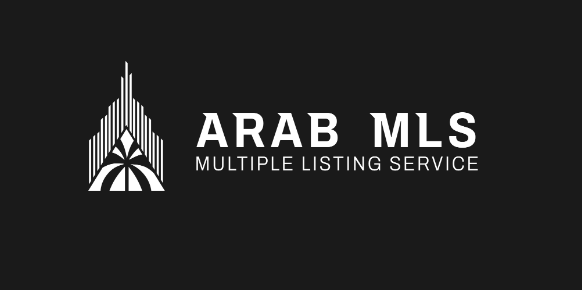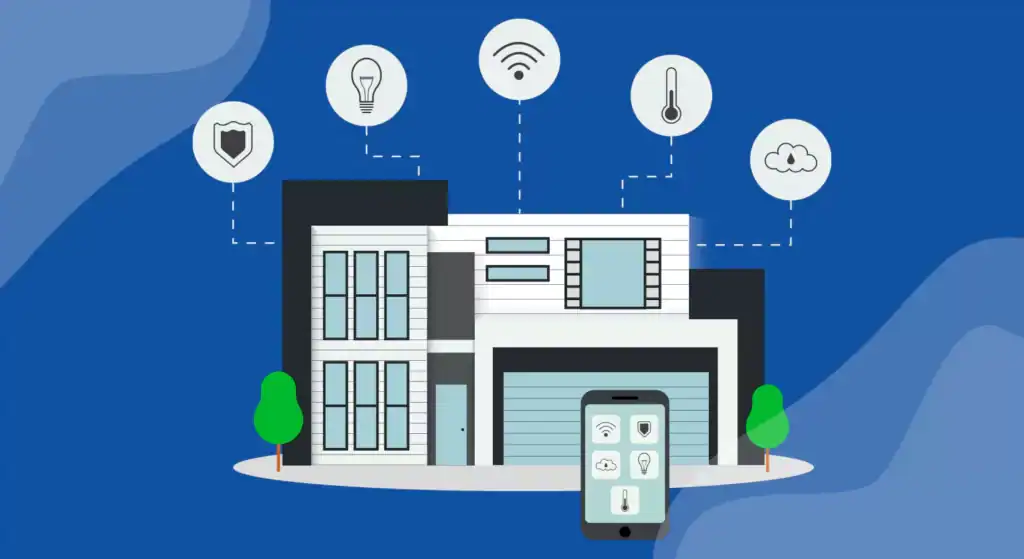In the dynamic landscape of real estate, efficiency and speed are paramount. The process of guiding a potential buyer from initial interest in a property to successfully closing on a home involves numerous steps, each with its potential for delay and complication. Traditionally, a significant bottleneck has existed between a buyer expressing interest in a property found via the Multiple Listing Service (MLS) and verifying their financial capacity to purchase. Potential buyers might browse listings extensively online, reach out to agents with inquiries, and even view properties without having a clear understanding of their purchasing power. This often leads to wasted time for both the agent and the buyer, culminating in disappointment if the buyer discovers they cannot afford the homes they’ve fallen in love with.
However, technological advancements are rapidly transforming this process. One particularly impactful innovation is the integration of automated mortgage pre-approval mechanisms directly into the workflows triggered by MLS lead capture. This strategic integration aims to bridge the gap between property discovery and financial qualification, creating a more streamlined, effective, and positive experience for everyone involved in the transaction.
The Traditional Path – Inefficiency in Sequence
Consider the typical journey for someone starting their home search. They might begin by exploring properties on public real estate websites, many of which pull data directly or indirectly from the local MLS. They find homes that catch their eye and click “Request Information” or “Contact Agent.” At this point, the agent receives a lead – a name, contact information, and an indication of property interest.
The agent’s next step is usually to contact the potential buyer, understand their needs, and crucially, inquire about their financing. Often, the buyer has not yet spoken to a lender. They might have a vague idea of their budget but lack a formal pre-qualification or pre-approval. This places the agent in a difficult position. Should they invest time showing properties to a buyer whose financial readiness is unknown? Or should they insist the buyer get pre-approved first, risking losing their immediate interest?
Many agents choose the former, hoping the buyer is serious and will pursue financing. This frequently results in showing homes to individuals who are not yet financially prepared to make an offer, or worse, cannot qualify for the necessary loan amount for the types of properties they are viewing. From the buyer’s perspective, they invest emotional energy in homes they may not be able to buy, leading to frustration. This traditional sequence, where property viewing often precedes financial vetting, is inherently inefficient and fraught with potential for disappointment.
![]()
Understanding MLS Lead Capture
Before delving into the integration, it is helpful to understand the nature of MLS lead capture. The MLS is the central database of properties listed for sale by participating brokers. Its data is disseminated through various channels: directly to brokerage websites via Internet Data Exchange (IDX) feeds, to large national portals (like Zillow, Realtor.com, etc.), and through agent-specific tools.
When a prospective buyer interacts with a property listing on any of these platforms – perhaps by saving it, requesting more photos, or submitting a direct inquiry form – their contact information and interest are captured and routed as a “lead” back to the listing agent, the agent whose profile they clicked, or a brokerage’s lead management system. These leads represent initial interest, but provide little to no information about the buyer’s financial capacity, urgency, or seriousness. They are essentially raw contacts requiring significant effort to nurture and qualify.
The Promise of Automated Pre-Approval
Automated mortgage pre-approval, in this context, refers to technology that allows a potential borrower to quickly input basic financial information – typically income range, estimated credit score range, down payment amount, and existing debts – and receive an immediate, preliminary assessment of how much mortgage they might qualify for. This assessment is automated, often relying on algorithms and sometimes performing a “soft” credit pull (which does not significantly impact the credit score) to provide a more informed estimate.
It’s important to distinguish this from a full, underwritten loan approval, which involves verifying income documents, asset statements, and conducting a “hard” credit pull. Automated pre-approval is a faster, less intensive process designed to give the buyer and the agent a rapid, early indication of potential purchasing power.
Connecting Interest to Eligibility
The power of integrating automated mortgage pre-approval with MLS lead capture lies in connecting the moment of property interest with the step of financial qualification. Instead of the buyer submitting an inquiry and then eventually getting around to contacting a lender, the system prompts them to take this crucial financial step immediately or soon after their initial property inquiry.
Here is how this integration typically works:
- Buyer Finds Property: A prospective buyer is browsing homes online via a website powered by an MLS feed. They find a property they love and decide to learn more.
- Initiate Inquiry/Action: The buyer clicks a button like “Request More Info,” “Schedule a Showing,” “Save Property,” or “Ask a Question.”
- Automated Pre-Approval Prompt: Alongside the standard contact form for the inquiry, or as a follow-up step, the system presents the buyer with an opportunity to get pre-approved or estimate their buying power. The call to action might be prominently displayed near the property details or within the inquiry confirmation flow.
- Buyer Provides Info: If the buyer opts in, they are directed to a secure, user-friendly interface (often branded with the agent’s or brokerage’s logo) where they can quickly input the necessary financial details. This process is designed to be much faster and less daunting than a traditional loan application.
- Automated Assessment: The system processes the provided information, possibly runs a soft credit check, and generates an estimated pre-approval amount or a range. This typically happens within minutes or seconds.
Challenges and Considerations in Implementation
While the benefits are compelling, integrating automated pre-approval with MLS lead capture is not without its challenges:
- Buyer Privacy and Trust: Requesting financial information early in the process might make some buyers hesitant due to privacy concerns. Agents and brokerages must communicate the security measures in place and explain why this step is beneficial to the buyer (helping them understand their buying power). Transparency about how the data is used is crucial.
- The “Estimate” Nature: It is vital to manage expectations and communicate that the automated pre-approval is an estimate based on the information provided and potentially a soft credit pull. It is not a final loan commitment and is subject to full underwriting, verification of documents, and a hard credit pull. This distinction must be clearly articulated to avoid misunderstandings.
- Technology Integration: Connecting the MLS feed (or the platform displaying it), the lead capture forms, the automated pre-approval engine, and the agent’s CRM requires a robust technological infrastructure and potentially partnerships with specific software providers. Ensuring smooth data flow and system reliability is key.

The Future of Lead Qualification
The integration of automated mortgage pre-approval with MLS lead capture represents a significant step towards a more intelligent and responsive real estate ecosystem. As artificial intelligence and data analytics capabilities advance, these systems are likely to become even more sophisticated, offering more accurate preliminary assessments and providing agents with deeper insights into buyer readiness and preferences.
This approach recognizes that in today’s digital age, buyers expect speed and convenience. By offering a tool that immediately connects their property interest with an understanding of their purchasing power, real estate professionals can meet these expectations, improve their operational efficiency, and build stronger relationships with clients based on transparency and informed guidance from the very beginning of the home search journey.
Conclusion
The traditional method of separating property inquiry from financial qualification creates inefficiencies and potential frustrations in the real estate process. By strategically integrating automated mortgage pre-approval tools with MLS lead capture mechanisms, real estate professionals can transform raw inquiries into qualified leads, significantly streamlining the buyer’s journey. This integration offers substantial benefits to agents by saving time and improving lead quality, while simultaneously empowering buyers with immediate financial clarity, enabling them to conduct a more focused and confident home search. While considerations like privacy and the need to manage expectations around the “estimate” nature of the pre-approval are important, the overall value proposition of this integrated approach is clear. It represents a powerful evolution in how real estate leads are managed and qualified, paving the way for a more efficient, transparent, and positive experience for everyone involved in the pursuit of homeownership.
Frequently Asked Questions (FAQs)
1. What is the primary challenge addressed by integrating automated mortgage pre-approval with MLS lead capture?
The main challenge addressed is the disconnect between a potential buyer expressing interest in a property found through the MLS and their financial readiness to purchase it. Traditionally, buyers might browse and inquire about homes without having been financially qualified, leading to wasted time and potential disappointment for both the buyer and the real estate agent when the buyer’s budget doesn’t match the properties they are viewing.
2. How does MLS lead capture typically work in the real estate process?
MLS lead capture occurs when a prospective buyer interacts with a property listing displayed via an MLS feed on a website (like a brokerage site or national portal). When they submit an inquiry, request more information, or save a listing, their contact details and indication of interest are captured and routed to a real estate professional or brokerage system, generating a ‘lead’ that signals initial interest but lacks detailed financial context.
3. What is meant by “automated mortgage pre-approval” in this context?
Automated mortgage pre-approval refers to a system where a potential buyer can quickly provide basic financial details online (such as estimated income, credit range, and down payment) and receive an immediate, preliminary estimate of the mortgage amount they might qualify for. This process is automated, often involves a soft credit check, and is designed for speed and initial qualification, not a final loan commitment.
4. How does integrating automated pre-approval with MLS lead capture benefit real estate agents?
This integration significantly benefits agents by providing higher-quality leads. When a buyer proceeds through the automated pre-approval step, the agent receives not just an inquiry but also an indication of the buyer’s potential purchasing power. This allows agents to prioritize leads from financially capable buyers, avoid showing properties outside a buyer’s budget, save time, and move more efficiently towards transaction initiation.
5. What advantages does this integration offer to home buyers?
For home buyers, the integration provides immediate financial clarity early in their search. They get a quick estimate of their buying power, which helps them set realistic expectations and focus their property search on homes they can likely afford. It streamlines the initial steps of the home-buying process, saving them time and preventing the emotional disappointment of falling for a home that is ultimately out of reach.
6. Is the automated pre-approval estimate the same as a final mortgage approval?
No, it is crucial to understand that the automated pre-approval provides an estimate based on the information the buyer inputs and potentially a soft credit check. It is not the same as a final, underwritten loan approval. A final approval requires verification of income, assets, and a full credit check (hard pull). The automated estimate is a tool for initial planning and qualification, not a guarantee of funding.













